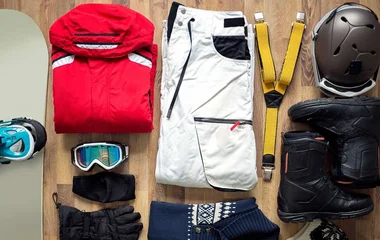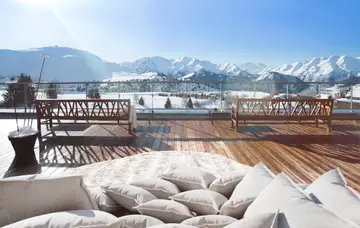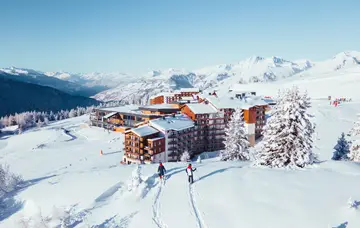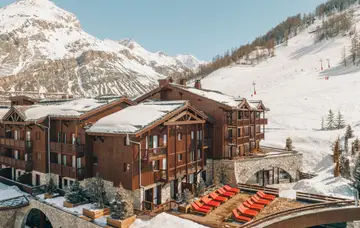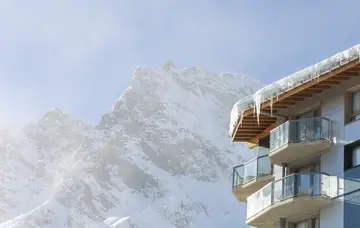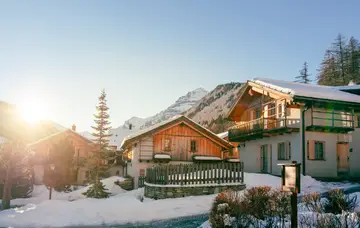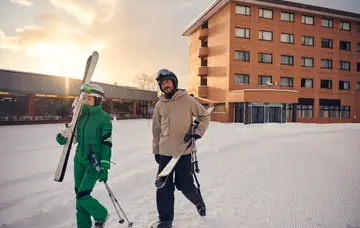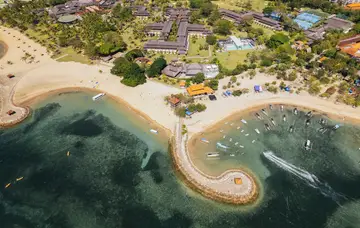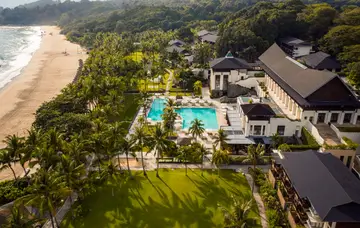When you’re learning any new sport, you’re going to progress faster and easier if you have a certain level of fitness. Thinking that you don’t have to be fit to go on a snowboarding holiday for beginners is ridiculous, says Tammy.
“Snowboarding is tiring on your body, especially the first week or two when you’re a beginner. You’ll set yourself up for success if you reach a good level of basic fitness in advance – it’s such a shame when you see people get pooped after a few runs. Kids who skateboard, or anyone who surfs, will have a head start and pick it up more quickly. The familiarity with sliding sideways is a real head start, and you’ll be using similar muscles.”
Simple but effective snowboarding exercises including cycling, swimming, jump squats, single leg bends, and pull-ups.
Snowboarding is not always quicker to learn
Snowboarding can be intimidating, even to experienced skiers, but it’s actually a great sport for beginners. Tammy Esten, a British snowboard instructor and founder of Morzine-based MINT Snowboarding, reveals what worries people most when they first step on the board, what they might have done wrong if they tried once and failed, and why you should give it a go.
Some people think snowboarding is easier to learn than skiing, but while the learning curve can initially be a lot quicker, you can’t stop taking lessons, warns Tammy.
“Snowboarding comes naturally to lots of people, while others find it as challenging as skiing. You can get to an intermediate level quite quickly compared to skiing, but progressing from there can stop entirely unless you take tuition – especially if you’re lacking in confidence”, she explains. “Often people get scared the first time they take turns that require them to point their snowboard down the hill.”
The key to learning to snowboard is keep trying and it will suddenly click into place. It generally takes three days to get confident on a board and Club Med offers five days of lessons. According to a Club Med Ski Travel Expert, a schedule for learning to snowboard could be:
Day One: Introduction to the equipment before learning how to stand on your board and gain your balance. Then you’ll learn how to control speed and steer your board.
Day Two: Learning to link your first turns on the beginner’s slope, improving the flow and gradually getting tighter.
Day Three: Move to the open slopes, putting everything you have learned so far into practice. You’ll also learn about understanding the different types of snow and terrain, and how to adjust your technique.
Day Four: Time to tackle some steeper runs, try a few easy off-piste routes and even learn how to make small jumps.
Day Five: Your instructor will give you feedback on what you have achieved so far and recommend runs and techniques to move on to. You’re then free to enjoy the slopes as a fully fledged snowboarder.



